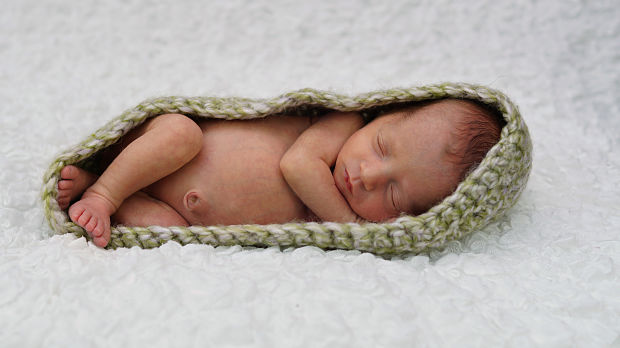Developing Best Practices for Preterm Infants’ Skin Care
There are clear guidelines for caring for newborn skin in order to defend against pathogens, prevent fluid loss and dehydration, and keep electrolytes in balance. However, preterm infants (born earlier than 37 weeks) are even more vulnerable as the skin barrier is significantly compromised, and standard guidelines are not yet developed. In addition, care varies for preterm babies depending on how early they are born. A 23-week baby’s skin is far more fragile than the skin of a baby born at 35 weeks.
A recent review looked at evidence-based practices to determine what is known about skin development and skin assessment in preterm infants and to evaluate the evidence regarding interventions to improve skin barrier function in preterm neonates of all gestational ages. The author focused specifically on bathing, emollients, massage, occlusive skin wrapping, semipermeable dressings, and transparent adhesive dressings, as well as optimal cord care. The authors were able to identify nearly 70 articles on the topic and grade the evidence quality as based on the type of study and the sample size.
The results showed that skin barrier and heat dissipation are issues for preterm neonates. Therefore, the type of isolette used is important. Preterm neonates do better in humidified isolettes versus radiant warmers with respect to fluid requirements and electrolyte balance.
For interventions that enhance the skin barrier, there is evidence that bathing frequency, emollients and massage, and types of skin wraps make a difference. The evidence points to bathing preterm neonates in a tub to maintain a more constant body temperature, and bathing can safely be limited to every fourth day. Plastic wraps or bags can reduce hypothermia, especially if applied shortly after birth. The studies also showed that semipermeable and transparent adhesive dressings can improve skin quality and reduce hypothermia. Emollients, especially sunflower seed oil, were shown to reduce the rate of serious infections for preterm neonates in developing countries, but the data are less clear for preterm neonates in developed countries.
For cord care, antiseptic treatment does not offer a clear benefit over dry cord care.
The authors conclude that there needs to be emphasis in the future on subclassifying the preterm patient population based on gestational age to determine best practices for the interventions above. However, they confirm that preterm infants possess fragile skin barriers and are at risk for infections and vulnerable to environmental factors. The authors state that it may be useful to establish practice guidelines based on the evidence we have available.
Byline: Martha L. Sikes, MS, RPh, PA-C
